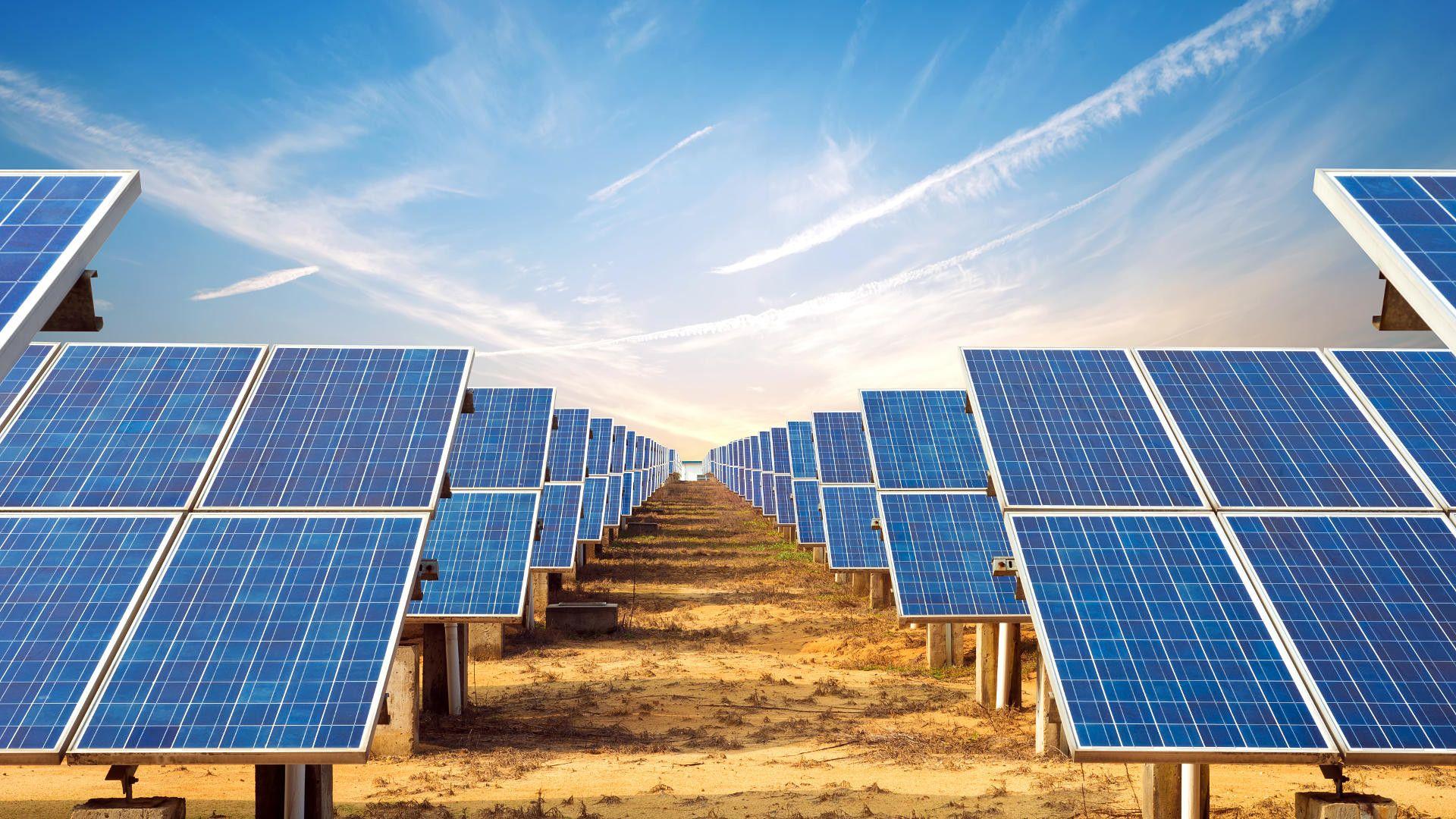Adventurer’s Guide: Portable Solar Generators Explained
Adventurer’s Guide: Portable Solar Generators Explained
Blog Article

In today's fast-paced world, the quest for sustainable energy solutions has never been more relevant, and solar energy stands out as a leading contender. As more adventurers and outdoor enthusiasts seek to explore the great outdoors, the demand for reliable and eco-friendly power sources has surged. Enter the portable solar generator, a device that harnesses the sun's energy and transforms it into usable power, making it an essential tool for camping, hiking, and off-grid living.
Understanding the mechanics and advantages of portable solar generators is crucial for anyone looking to invest in their own energy independence. These innovative power stations not only provide a convenient way to keep your devices charged but also highlight the growth of the energy storage industry, which is rapidly evolving to meet the needs of modern consumers. Whether you are planning a weekend getaway or preparing for an extended adventure, knowing how to choose the right portable power station can significantly enhance your outdoor experience while promoting a sustainable lifestyle.
Understanding Solar Energy Basics
Solar energy is the energy obtained from the sun's radiation and can be converted into electricity or heat. It is a renewable energy source that plays a crucial role in reducing reliance on fossil fuels and addressing climate change. The sun emits an enormous amount of energy, and harnessing it through solar technologies can provide clean and sustainable power for various applications, from residential homes to commercial enterprises.
The process of converting sunlight into usable energy begins with solar panels, which contain photovoltaic cells that absorb sunlight. These cells generate direct current electricity, which can then be converted into alternating current through an inverter, making it suitable for household use. This technology allows individuals and businesses to produce their own electricity and offset their energy costs while contributing to a greener environment.
In the growing energy storage industry, solar energy can be paired with portable solar generators or power stations. These devices store excess energy generated during sunny periods for later use, ensuring a consistent power supply, even during cloudy days or at night. This combination of solar generation and energy storage creates a flexible and reliable energy solution that meets the needs of adventurers, off-grid enthusiasts, and those seeking energy independence.
Portable Solar Generators: How They Work
Portable solar generators harness the power of solar energy by utilizing solar panels to convert sunlight into electricity. The process begins with solar cells in the panels absorbing sunlight, which excites electrons and generates direct current. This electricity is then directed to an inverter within the generator, which converts the direct current into alternating current, making it usable for common appliances and devices.
The energy generated is stored in built-in batteries, allowing users to access power even when the sun is not shining. These batteries range in capacity, affecting how much energy can be stored for later use. When required, the stored energy can be drawn from the batteries, providing a reliable source of power for outdoor activities or during emergencies.
Many portable solar generators are designed to be user-friendly and are equipped with multiple outlets, making it easy to power various devices. Some models also include features such as USB ports and smart technology to monitor energy usage. With advancements in the energy storage industry, these generators have become increasingly efficient, lightweight, and accessible, enabling adventurers to enjoy the benefits of renewable energy on the go.
Portable Solar Generator
Choosing the Right Portable Power Station
When selecting a portable power station, consider your specific energy needs. Start by assessing the devices you plan to charge or power during your outdoor adventures. Take note of their wattage requirements, as not all power stations are created equal. A generator with a higher capacity may be essential for running larger items like refrigerators or power tools, while smaller batteries might suffice for charging phones and laptops.
Next, examine the battery type and overall efficiency of the power station. Lithium-ion batteries are increasingly popular due to their longevity and lightweight nature. Additionally, look for features like solar input capability, which allows you to recharge the power station using solar panels, making it an ideal companion for extended camping trips or off-grid adventures. Understanding these specifications will help ensure you choose a model that fits your lifestyle.
Lastly, consider the portability and durability of the unit. Weight and size are crucial factors if you will be transporting it frequently. Look for rugged construction and weather-resistant features to ensure it can withstand outdoor conditions. Reading user reviews can provide insight into real-world performance and reliability, guiding you toward a portable power station that meets your adventure needs effectively.
Report this page